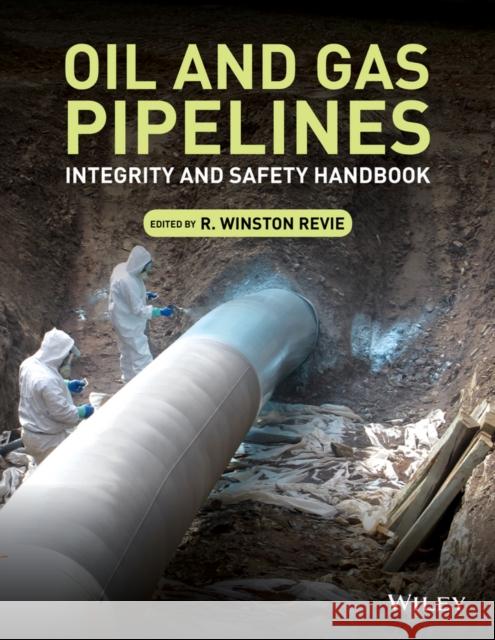Oil and Gas Pipelines: Integrity and Safety Handbook » książka
topmenu
Oil and Gas Pipelines: Integrity and Safety Handbook
ISBN-13: 9781118216712 / Angielski / Twarda / 2015 / 856 str.
A comprehensive and detailed reference guide on the integrity and safety of oil and gas pipelines, both onshore and offshore
- Covers a wide variety of topics, including design, pipe manufacture, pipeline welding, human factors, residual stresses, mechanical damage, fracture and corrosion, protection, inspection and monitoring, pipeline cleaning, direct assessment, repair, risk management, and abandonment
- Links modern and vintage practices to help integrity engineers better understand their system and apply up-to-date technology to older infrastructure
- Includes case histories with examples of solutions to complex problems related to pipeline integrity
- Includes chapters on stress-based and strain-based design, the latter being a novel type of design that has only recently been investigated by designer firms and regulators
- Provides information to help those who are responsible to establish procedures for ensuring pipeline integrity and safety











